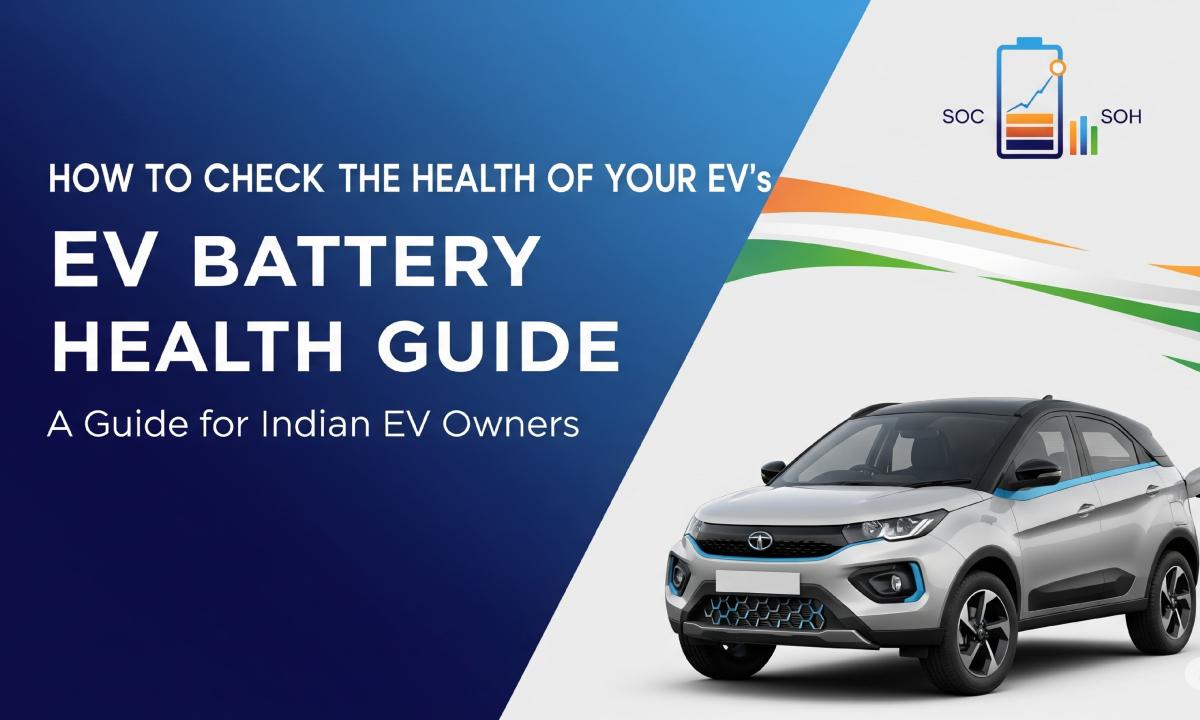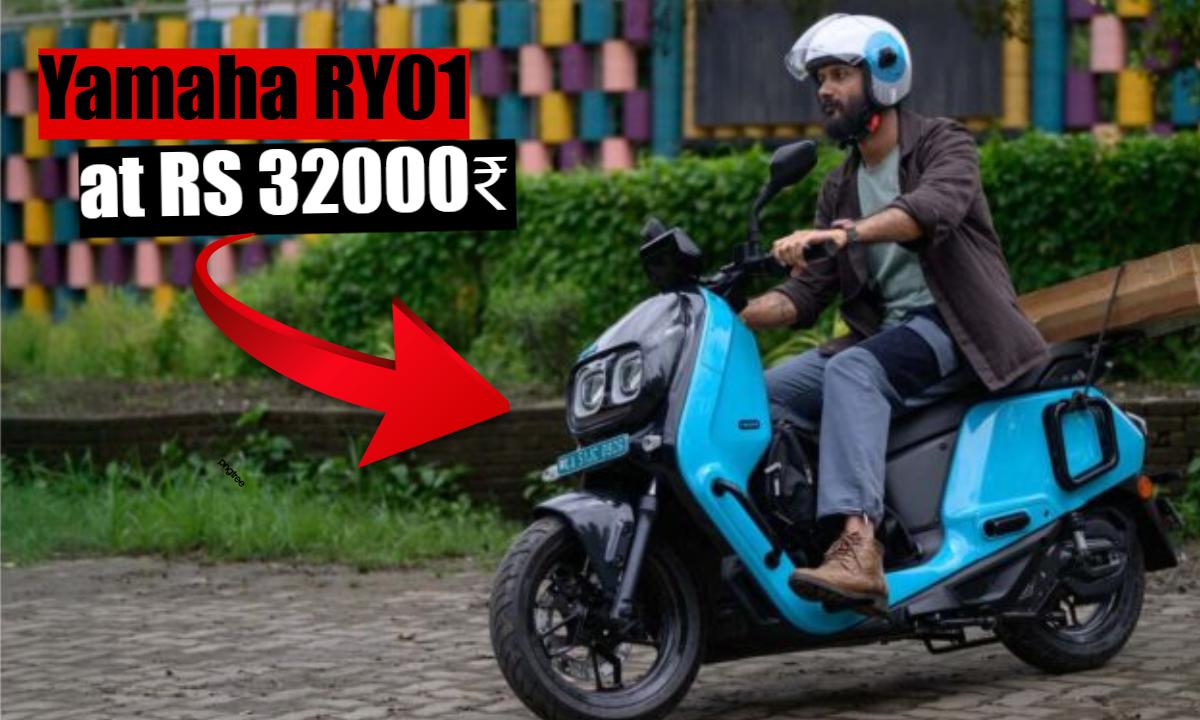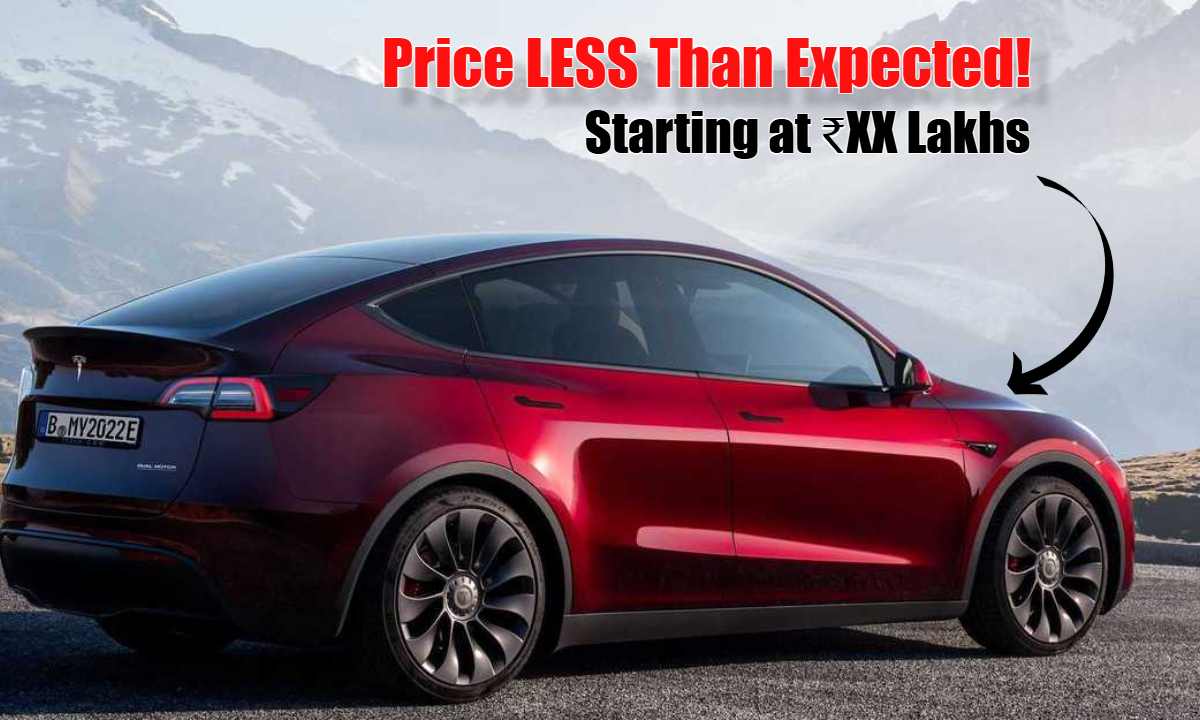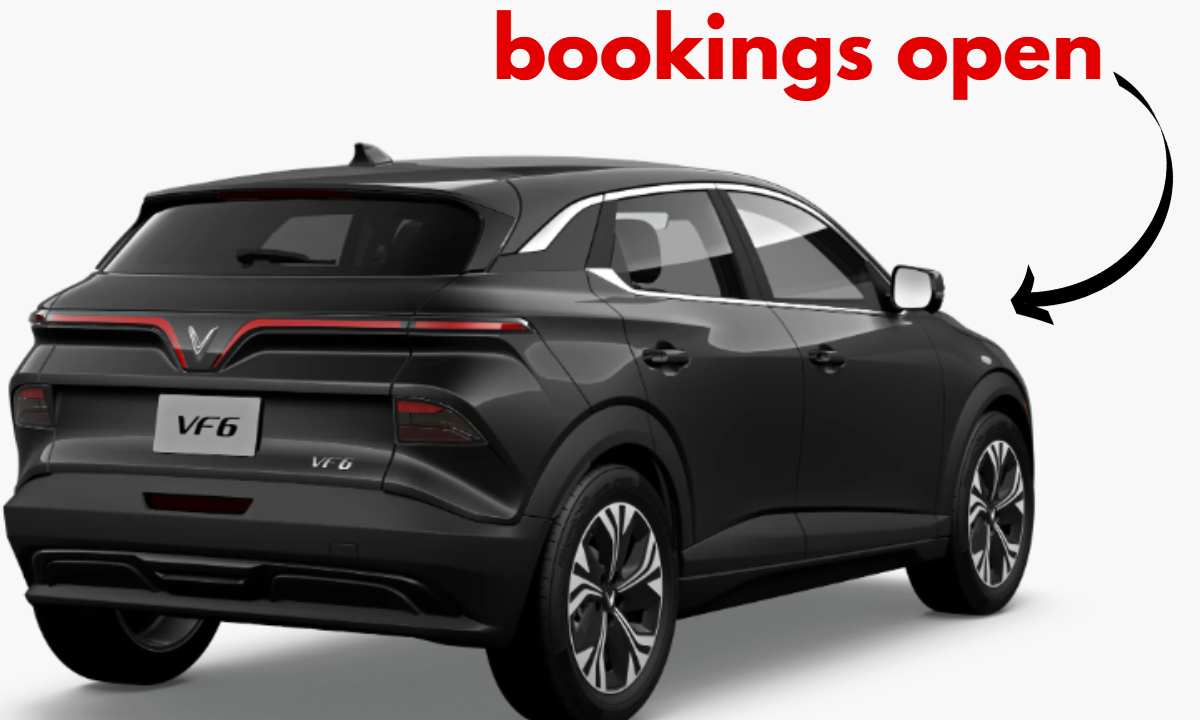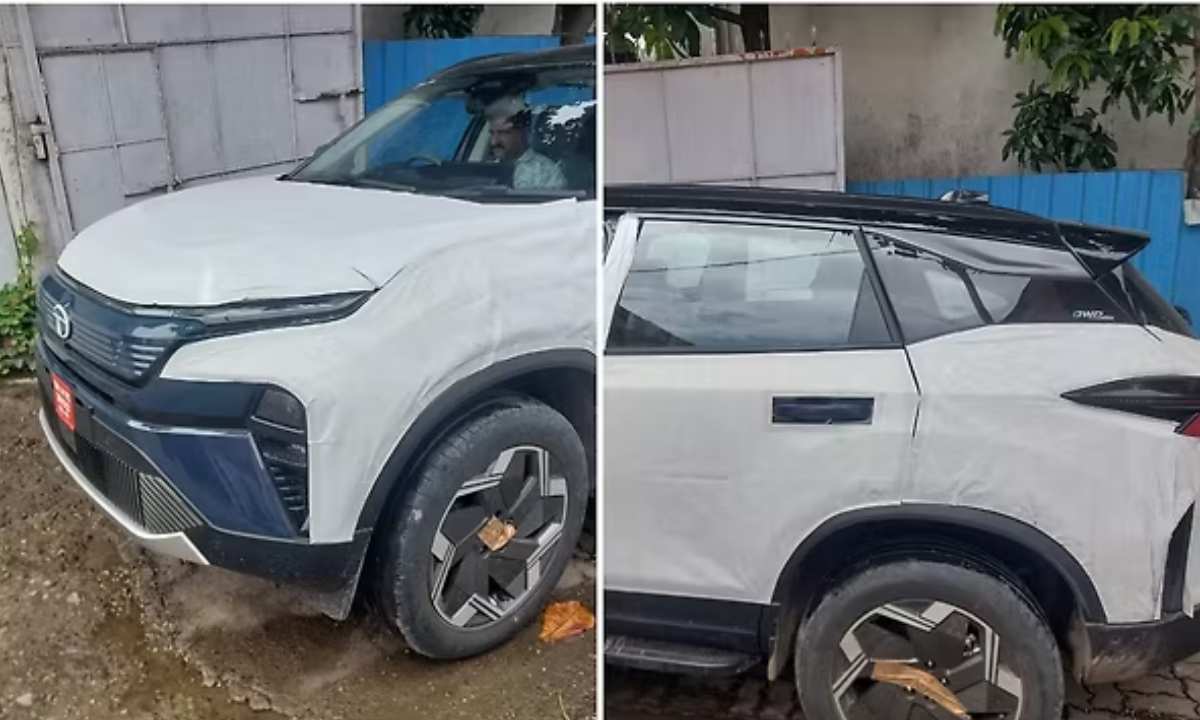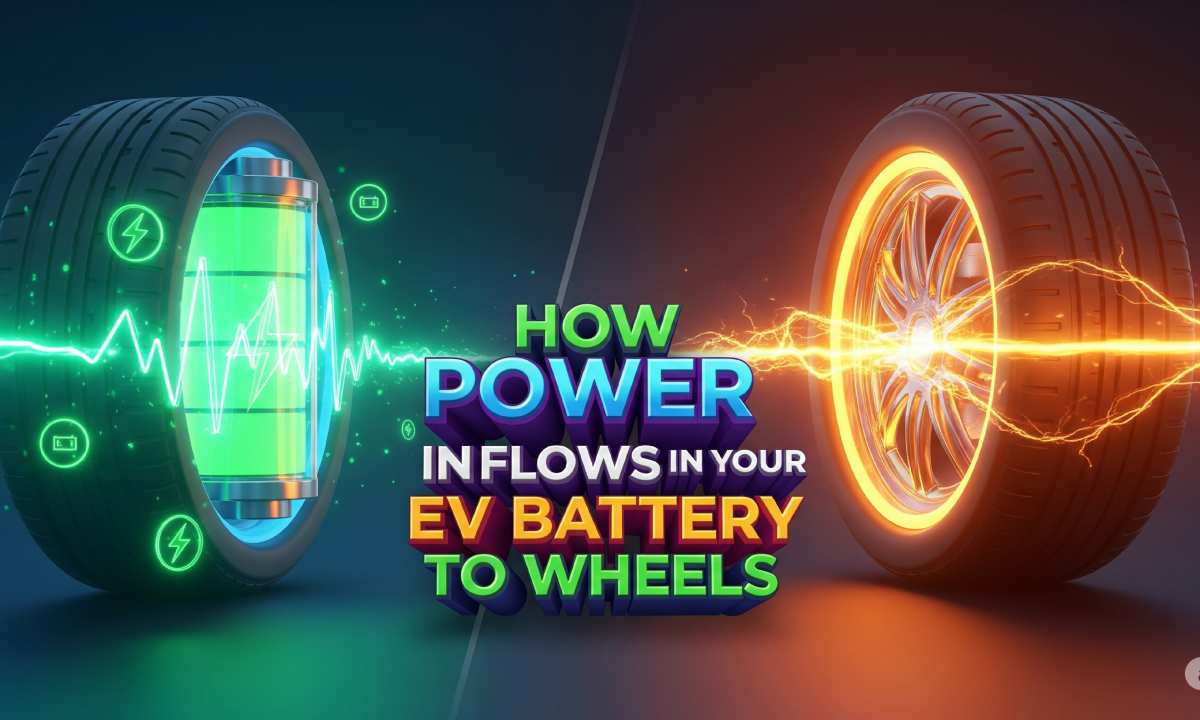Hey there, fellow EV enthusiasts! If you’re cruising around in an electric vehicle in India, you’re part of a growing movement that’s making our roads cleaner and greener. Whether you’re zipping through Mumbai’s traffic in a Tata Nexon EV or exploring the highways in a Hyundai Kona Electric, your EV’s battery is the heart of your ride. Keeping it in top shape is key to ensuring long drives, smooth performance, and even a good resale value. But how do you check if your battery is healthy, especially in India’s hot and humid climate? Don’t worry—we’ve got you covered with this friendly, easy-to-read guide tailored just for Indian drivers.
Why Battery Health Matters
Let’s start with the basics. Your EV’s battery isn’t just another component—it’s the most expensive part of your car, often accounting for up to 40% of its cost. A healthy battery means better range, smoother performance, and fewer headaches. In India, where temperatures can soar and charging stations are still popping up, taking care of your battery is extra important. Nobody wants to be stuck with a reduced range or a hefty repair bill, right? Plus, with the Indian government aiming for EVs to make up 30% of private cars by 2030, more of us are jumping on the EV bandwagon, making battery health a hot topic.
Understanding Battery Health Indicators

Before we dive into the how-to, let’s break down two key terms you’ll need to know:
- State of Charge (SOC): This is like your phone’s battery percentage—it shows how much charge is left in your EV’s battery, displayed as a percentage on your dashboard. For example, if your Tata Nexon EV shows 80% SOC, you’ve got 80% of the battery’s capacity ready to go.
- State of Health (SOH): This is a bit more technical but super important. SOH measures how your battery’s performance compares to when it was brand new. A 100% SOH means your battery is as good as it was on day one, while an 80% SOH means it’s lost some capacity, which could reduce your range. Most EVs degrade at about 1.8% per year, but factors like heat and charging habits can speed this up.
Why do these matter? SOC tells you when it’s time to plug in, while SOH gives you a long-term view of your battery’s condition. If your SOH drops significantly, you might notice your car’s range shrinking, even on a full charge.
Using Onboard Diagnostics and EV Apps
Modern EVs are like smartphones on wheels—they come with built-in tools to help you monitor your battery. Here’s how you can use them:
- Dashboard Displays: Most EVs, like the Mahindra XUV400 or MG ZS EV, show an estimated range on the dashboard. This number factors in your driving style, terrain, and even weather. If you fully charge your car and the range seems lower than expected (say, 350 km instead of 400 km), it might be a sign of battery wear. Keep an eye on this over time.

- Manufacturer Apps: Many EV makers offer mobile apps that give you detailed battery insights. For instance, Tata Motors has an app for Nexon EV owners, and Hyundai offers one for the Kona Electric. These apps can show you SOC, SOH, and even your charging history. Check your car’s manual to find the right app for your model.
Want more detailed data? Third-party apps like MyBatteryHealth are a game-changer. This app works with almost all EVs, including Indian favorites like Tata and Mahindra, and doesn’t need any extra hardware. Here’s how to use it:
- Download MyBatteryHealth from the Google Play Store or Apple App Store.
- Enter your vehicle’s details (make, model, and battery capacity).
- Run a free diagnostic test to get a Health Score (A to E). An A means your battery is in great shape, while an E might mean it’s time for a professional check.
- For a detailed report, you can pay a small fee (around ₹200), but the free version is already pretty helpful.
If you’re driving a Tesla (which is set to hit Indian roads soon), apps like Tessie can compare your battery’s health to other Teslas of the same model. Pretty cool, right?
Signs Your EV Battery Needs Attention
Now, let’s talk about the warning signs that your battery might be struggling. Here are the big ones to watch for:
- Reduced Range: If your car’s range drops significantly—like your Nexon EV going from 400 km to 300 km on a full charge—it’s a red flag. Some degradation is normal (about 10% after 5-8 years), but a big drop could mean trouble.
- Longer Charging Times: Fast chargers should take your battery from 10% to 80% in about an hour. If it’s taking much longer, your battery might be wearing out.
- Sudden Performance Drops: If your car feels sluggish or you see battery-related warning lights on the dashboard, don’t ignore them. These could indicate deeper issues.
When should you get it checked? If you notice any of these signs, head to an authorized service center. Most EVs in India come with solid battery warranties, so you might be covered:
| EV Model | Battery Warranty |
|---|---|
| Tata Nexon EV | Lifetime HV Battery Warranty |
| Hyundai Kona Electric | 8 years or 160,000 km, whichever first |
| MG ZS EV | 8 years or 150,000 km, whichever first |
| Mahindra XUV400 | 8 years or 140,000 km, whichever first |
If your battery’s degradation exceeds 30% within the warranty period, you might qualify for a free replacement. Always check your car’s manual or contact the service center for details.
Tips for Maintaining EV Battery Health in India
India’s climate—hot, humid, and sometimes dusty—can be tough on EV batteries. Here are some practical tips to keep your battery in top shape:
1. Beat the Heat
- High temperatures accelerate battery degradation. Park in the shade or a garage, especially in cities like Delhi or Chennai where summers are brutal.
- If your EV has a thermal management system (like most modern models), plug it in when parked to let the system cool the battery using grid power.
2. Charge Smart
- Keep your battery between 20% and 80% for daily use. Charging to 100% or letting it drop below 20% regularly can stress the battery.
- Limit fast charging, especially in hot weather. Fast chargers are great for road trips, but for daily use, stick to Level 2 chargers (like the one at home).
- Avoid deep discharges. Don’t let your battery run to 0%—think of it like not letting your phone die completely.
3. Drive Gently
- Aggressive driving, like rapid acceleration or hard braking, drains the battery faster and can wear it out. Take it easy, especially in city traffic.
- Use regenerative braking (a feature in most EVs) to recharge the battery while slowing down.
4. Stay Updated
- Manufacturers often release software updates that optimize battery performance. Make sure your car’s software is up to date.
- Regular servicing is a must. Even though EVs need less maintenance than petrol cars, don’t skip those check-ups.
5. Monitor Regularly
- Use apps like MyBatteryHealth or your car’s built-in diagnostics to track your battery’s health over time.
- If you’re planning to sell your EV, a good battery health report can boost its resale value.
A Real-Life Example
Imagine you’re driving a Mahindra XUV400 in Bengaluru. After two years, you notice the range has dropped from 450 km to 400 km. You check the dashboard—no warning lights. Using the Mahindra app, you see an SOC of 75% and an SOH of 94%—still solid. You run a test on MyBatteryHealth, which gives you an A Health Score. Realizing it’s just normal wear, you start parking in the shade and avoid fast charging during summer. Problem solved, and you’re back to enjoying your EV!
Checking your– EV’s battery health doesn’t have to be complicated. By understanding SOC and SOH, using tools like your car’s dashboard or apps like MyBatteryHealth, and watching for warning signs, you can stay on top of your battery’s condition. In India, where heat and humidity can challenge batteries, smart habits like parking in the shade, charging wisely, and driving gently can make a big difference. Plus, with generous warranties like Tata’s lifetime coverage or Hyundai’s 8-year plan, you’ve got a safety net.
So, whether you’re driving a Tata Nexon EV, MG ZS EV, or any other electric ride, take charge of your battery’s health. After all, a healthy battery means more worry-free drives and a greener future. Happy driving, India!

